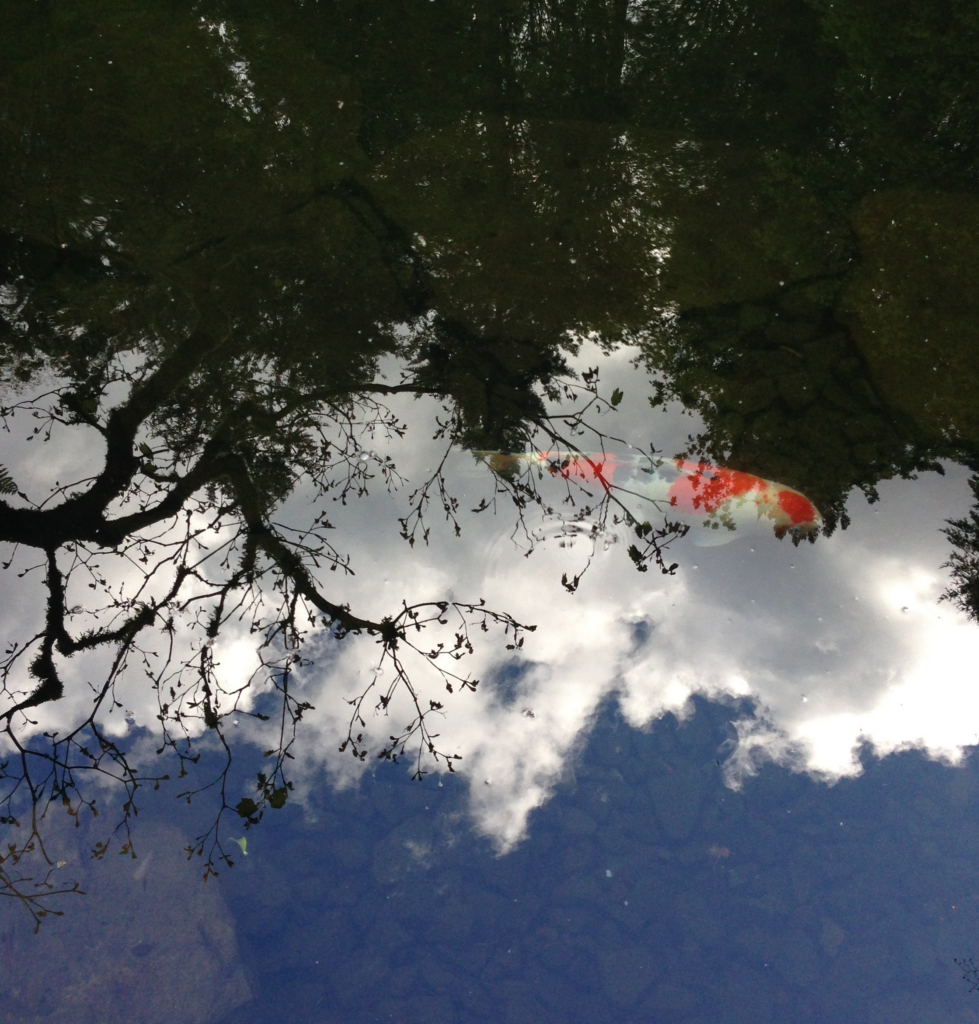Dear friends,
I hope you’re doing okay with the new “normal” (I keep telling myself that it’s fine as long as zombies aren’t involved) and finding ways to not only survive the current moment but to thrive in it.
I’m sure you’re wondering what will happen now that we’re taking our courses out of the classroom. Will you be able to meet your learning goals? Will you be able to keep students focused and present? Will social distancing end in disconnection?
I keep reminding myself that we’ve had valuable time to establish face-to-face community in our classrooms, which is a luxury that fully online courses don’t have. So we’ve got that rapport banked and we can draw on it as we finish the semester in our separated seats.
The internet is brimming over with good advice from every quarter on how to approach remote learning. It can be chaotic, trying to sort through all of that information without succumbing to anxiety about the future or regrets about the past. Here’s some of the gist that I’ve picked up in the last weeks:
Take time now to reflect. Decide what matters. What are the most important learning goals for your courses? What goals are icing on the cake? Rethink existing assessments, such as timed tests, and brainstorm ways of reshaping those assessments for the new environment. You might want to revisit your rubrics and evaluation methods as well. Above all, invite students to participate in this reflection, and in reshaping your courses. Work as a team.
This is a chance to practice higher order thinking. If you’re working with students as a team, it’s a good time to rely on metacognition. Make it a habit of explaining what you’re doing and why you’re doing it — before, during, and after the process. Encourage students to do the same as they learn. Transparency is one of the best ways to empower students to engage in deep learning, and using metacognitive strategies coaches students in their individual learning processes as it shows them how to learn on their own.
There’s a lot we can learn from our students, too. When we’re in crisis mode, we’re forced to be creative, to come up with solutions to new problems. They might have some good ideas about innovative ways of showing what they’ve learned and how they can apply it — multimodal presentations, “translations” of course content for audiences outside the academy (like younger siblings learning from home, interested family members, or the general public).
Whenever possible, make yourself available, and invite students (and colleagues!) into authentic conversations. By “authentic,” I mean talk about what matters to us right now. I hope we can discuss not only course content and learning, but also their intersection with our lives, perceptions, values and goals. You can hold virtual office hours using Google Meet, Zoom, or any other video-chat service. I’ve discovered that Google Chat works, too, especially for shy students who would rather not show their faces on screen.
In fact, it’s probably a good idea to communicate often and in a variety of modes. Join in whatever class discussions you’re having, especially if they’re in writing. Pose open ended questions and encourage a variety of answers. Use positive reinforcement to validate contributions that enhance the discussion, add a new point of view, or reveal a student’s growth.
Allow some space for silliness, too, whether it’s coming up with a class “lockdown” playlist, gathering and sharing cat memes, watching YouTube videos, or creating “listicles” ala BuzzFeed. We all need to blow off steam.
What it comes down to, finally, is human connection. So share your stories. I know that not all of us are comfortable laying our lives on the table, but you don’t have to go all in to foster trust and connection. You can create assignments that call for personal touches (photos, videos, etc.), or set up a Google Folder to collect “show and tell” artifacts. If you’re comfortable with it, you can use social media such as Twitter, Facebook or Instagram to do the same thing. But be sure that you also participate in these assignments.
I keep looking for the silver lining in the current situation. I think I’ve found a few threads of it. First, we have a chance to slow down. Incorporate time for contemplation into the course schedule (shared prayers, beholding an inspirational image, YouTube yoga breaks, a moment of silence at the start of a synchronous meeting, freewrites, an assignment to take a leisurely walk around the block, paying attention to all the signs of incipient spring). Allow for the silences that will happen in your online meetings. Remind yourself and your students that it will help if we appreciate what’s happening right now instead of worrying about what might happen in the future, or ruminating on what used to be.
In the process, be compassionate — with yourself and your students. Make room for (even celebrate!) mistakes. They’re learning opportunities, after all. Don’t be afraid to ask for help and encourage your students to do the same.
And as hard as it is, acknowledge and allow time for emotions. Fear seems to be the most toxic virus going around right now. We will all be distracted, again and again, by anxiety and rumination. Emotions will always play a crucial part in the teaching dynamic, and now more than ever they’ll be a distraction if we don’t somehow incorporate them into the learning process.
You don’t need to be a therapist to be a good listener. You just have to be present. You don’t have to fix your students’ fears or solve their emotional problems. Sometimes it’s enough to allow them a voice. When people say we need to “go with the flow,” I think what they really mean is that we need to go with the flow of emotions as opposed to against it.
Okay, friends. This is my last thought on the subject (I promise): Model resiliency and cautious optimism, even if you don’t have these qualities. Model these qualities especially if you don’t have them. Fake ‘em until you make ‘em! We will come through this challenge with confidence and connection if we strive to learn, laugh, live and love together.
Yours in the flow,
Laurie







